(QNO) - On May 17, the Department of Science and Technology of Quang Nam organized the acceptance of the scientific project "Research on solutions for integrated management of cinnamon leaf blight disease in Quang Nam province and neighboring areas". The project was implemented from November 2018 to April 2023, chaired by Dr. Dao Ngoc Quang, chaired by the Vietnam Forestry Science Institute, the Ministry of Science and Technology and the Department of Science and Technology of Quang Nam are the managing agencies.
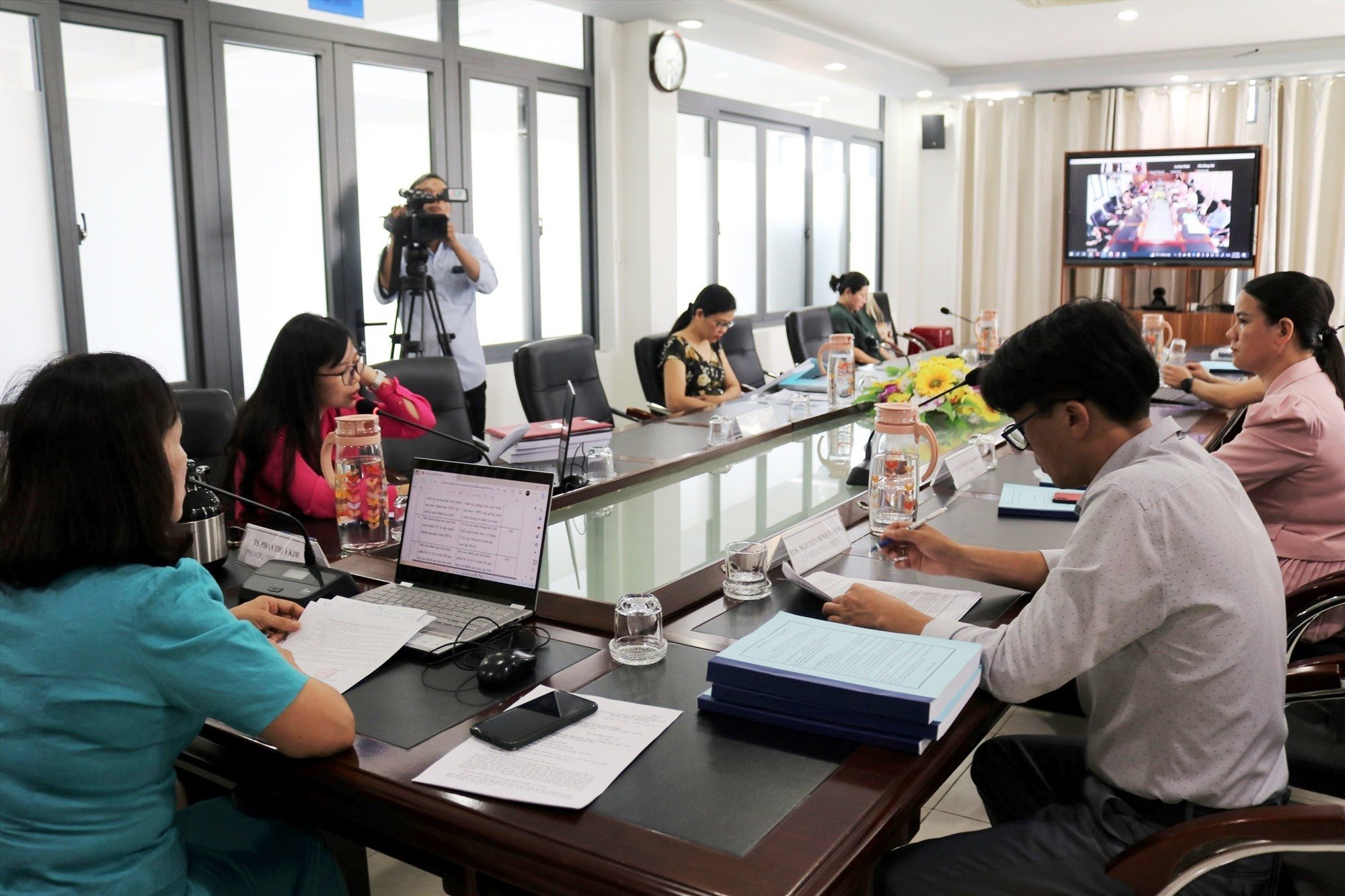
During the implementation of the project, the group of authors assessed the damage and distribution of the inkworm disease on cinnamon trees in Quang Nam and neighboring areas; researched and determined the causative agent, conditions for emergence, development and the level of damage caused by the inkworm disease on cinnamon trees.
At the same time, propose solutions for integrated management (IPM) of smut disease on cinnamon trees. Build pilot models and transfer the process of integrated management of smut disease in existing cinnamon plantations; the process of producing clean smut disease-free cinnamon seedlings and the process of planting new trees, caring for and integrated management of clean smut disease-free cinnamon trees.
Typical symptoms of cassia leaf blight on cinnamon trees are rough tumors appearing on the trunk, branches, leaf stalks and veins, then long tendrils grow or develop abnormal clusters of buds. In some cases, both tendrils and abnormal clusters of buds appear on the same tree, even in the same location. The disease affects seedlings from 3 months old and appears sporadically in all localities.
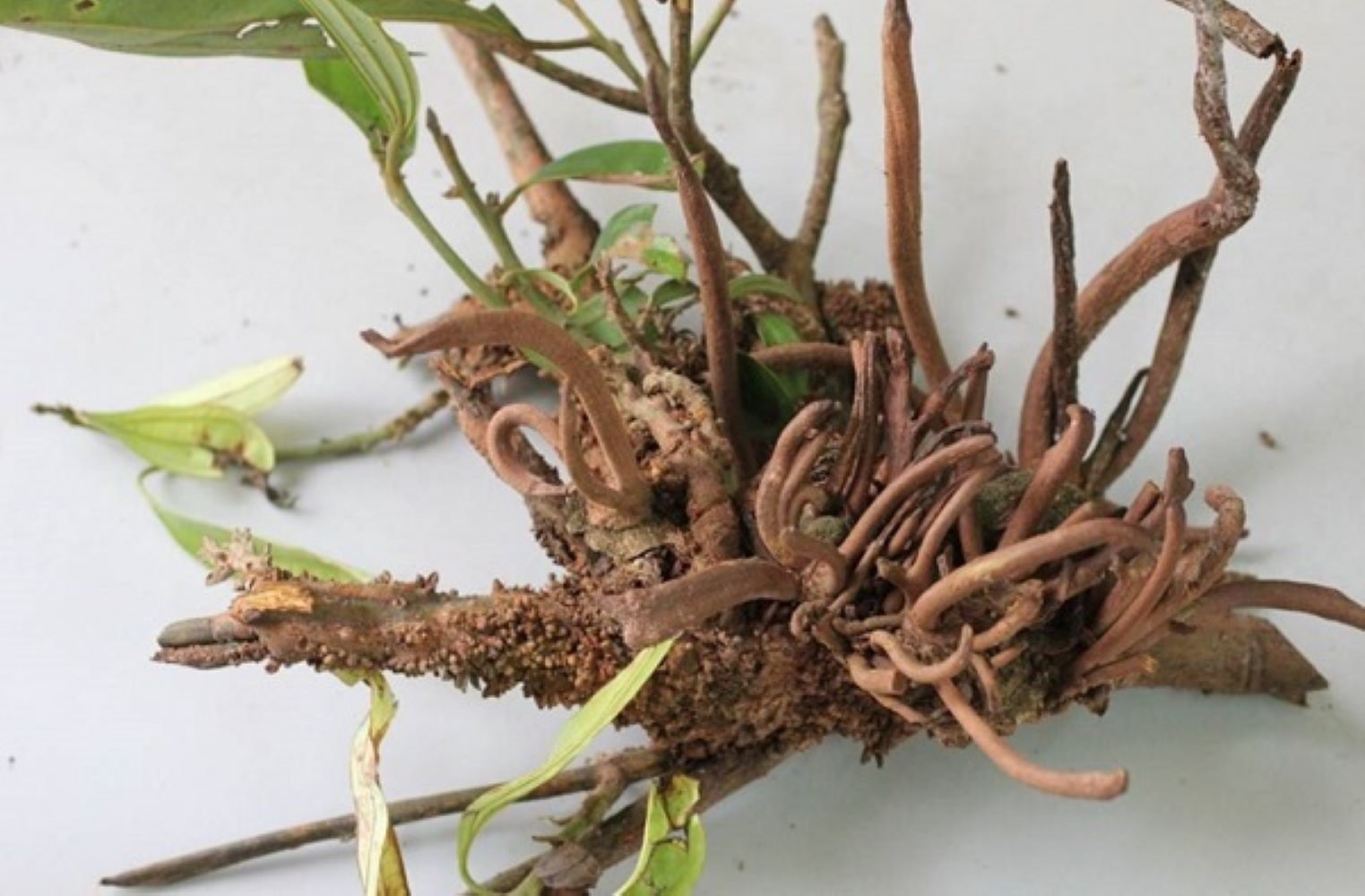
The research team identified the cause of cinnamon broom disease as Cinnamomum cassia witches's broom phytoplasma. Phytoplasma samples from cinnamon broom-infected trees were moderately to highly pathogenic on one-year-old cinnamon trees.
Three insect species belonging to the sucking group are vectors that cause diseases to cinnamon trees, including the mealybug Icerya aegyptiaca, the cotton mealybug Icerya seychellarum and the scale mealybug Aulacaspis tubercularis. From the research, the authors propose scientific solutions to manage the disease of inkworm that harms cinnamon trees.
The project also organized 3 training courses (100 people/class) with the participation of officers from the Department of Agriculture and Rural Development, forest rangers, agricultural technical centers, and cinnamon growers in Nam Tra My, Bac Tra My, and Tra Bong districts (Quang Ngai) to equip them with knowledge about the current situation and causes of the disease, helping people effectively manage the disease.
Besides, transferring the process of producing clean cinnamon seedlings free of ink leaf disease in Tra Mai commune (Nam Tra My), Tra Bong district and the new planting process to officials and people...
Source






![[Photo] Prime Minister Pham Minh Chinh and Prime Minister of the Kingdom of Thailand Paetongtarn Shinawatra attend the Vietnam-Thailand Business Forum 2025](https://vphoto.vietnam.vn/thumb/1200x675/vietnam/resource/IMAGE/2025/5/16/1cdfce54d25c48a68ae6fb9204f2171a)

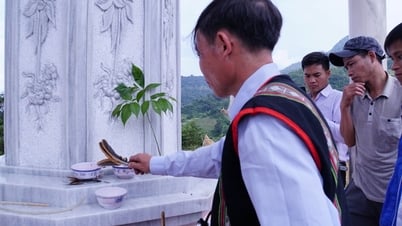



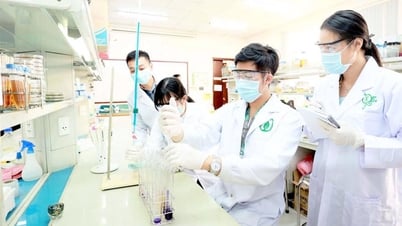

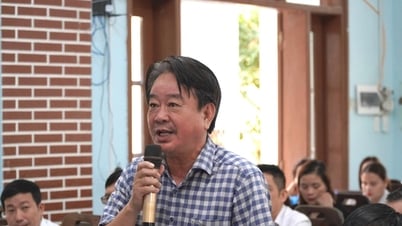

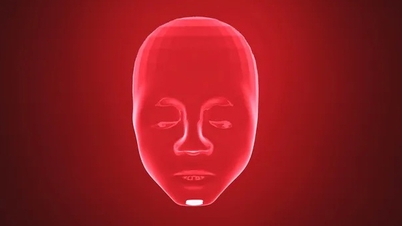

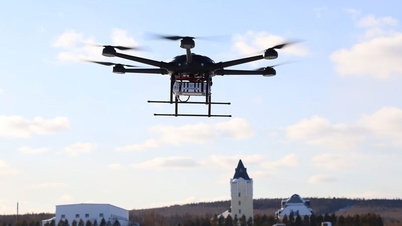


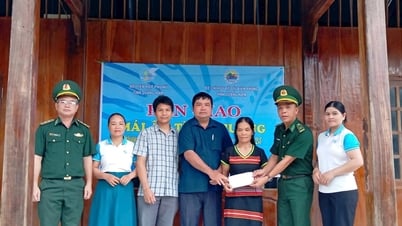

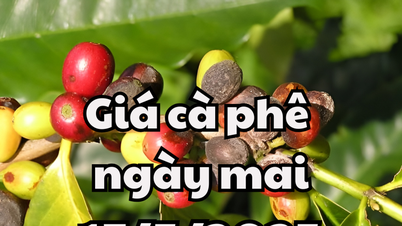
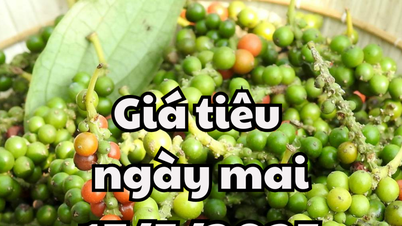










![[Photo] President Luong Cuong receives Prime Minister of the Kingdom of Thailand Paetongtarn Shinawatra](https://vphoto.vietnam.vn/thumb/1200x675/vietnam/resource/IMAGE/2025/5/16/52c73b27198a4e12bd6a903d1c218846)













































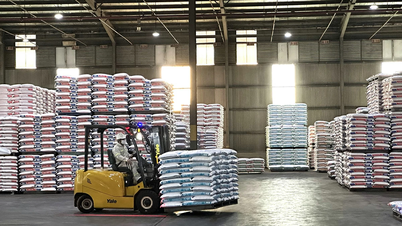
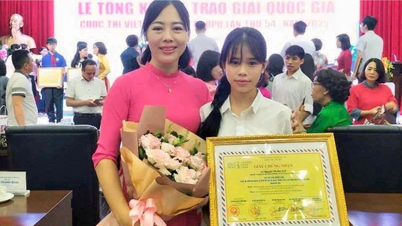














Comment (0)